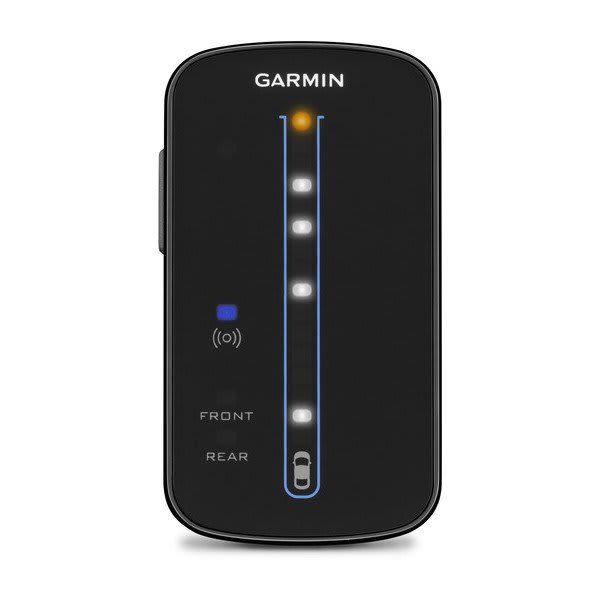The bike needs to not be designed to have the fork whip out of my hands sideways on obstructions, pitch the seat up and throw my chin to the pavement. I've done this on a Diamondback MTB (twice), a 90's Huffy Cruiser, and a Pacific Quantum MTB (twice). It would be nice if my arms & hands were stronger and I could hold on and keep the handlebars straight, but bulking up arm muscles would just cause more arthritis in my hands and elbow joints.
The fork trail was changed in the sixties to provide "fast" steering. I don't need fast steering. I need steering stable as my Mother's 1946 Firestone bike, or my 1960 Joske's bike. I checked >200 frames on a database in 2017. All had exactly the same trail although some had a slack (increased) head angle and different trail to provide the same effective fast steering. I called a custom frame builder in 2017: he refused to discuss providing a "different" fork design. A custom frame would have to be extended too, to allow a fork with more trail to clear the frame when steering. To get 1940's steering, one needs to ride a 80 lb 1940's steel frame bike with steel wheels. Single speed since those frames don't have slots suitable for derailleurs.
In December 2017 I purchased a cargo bike, that has the same trail as the others but puts 75% of my weight on the front wheel instead of the back. 3 1/2 years and 7500 miles, no such accidents. I couldn't get a bike small enough for my legs with 24 speeds down to 1:1 sprocket ratio and a front motor, so I built one out of a pedal yuba bike for small women. The 7 lb battery hung off the front & 7 lb motor in the front wheel increase centering force also.
This means that I can't ride bus or train to a scenic location, rent an e-bike, and tour the sights. Cargo bikes are not for rent, especially electric ones. Especially frames for short people. Oh, well.
Besides that, I've quit riding rim brakes in the rain, since a lady ran a 4 way stop sign in 2017 and I ran into her car after stopping at the sign in my direction. I couldn't stop from 2 mph in 4 feet. Disk brakes or coaster brake or IGH internal band brake only.
